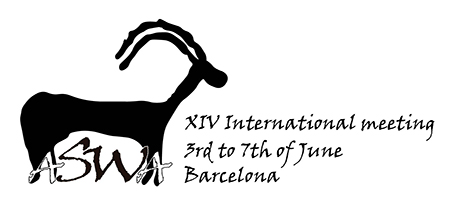After the collapse of the powerful early-state organization which was established at Arslantepe between 3400 and 3100 BC in connection with parallel Mesopotamian developments (Period VIA), which had led to a widening of the external relations of the site also towards pastoral populations of the mountains of Eastern Anatolia, Arslantepe was occupied by these groups of nomadic or semi-nomadic shepherds linked to the cultures of the southern Caucasus, who settled on the ruins of the palace with their seasonal settlements (Period VI B1, 3100-2900 BC) and their livestock, based mainly on flocks of caprines. In the following phase (Period VI B2, 2900-2800 BC) the site was reoccupied by populations of settled farmers from the plain and there began a period of great instability and conflict. The EBAI ended as it began, with devastating fires that put an end to this succession of settlements. Slowly, after a brief abandonment, a new history of the site begins with the EBA II (Period VIC), involving more local groups, less tied to external worlds. During the second half of the third millennium there was a progressive new sedentarization of the population and a gradual growth of the settlement. An initial nucleus with a single large housing complex (BA IIIA, Period VID1) started expanding, adopting a plan of large houses, squares, courtyards, roads and fortification walls (BA IIIB, Period VIB2-3). The changes detected in farming practices reflect these events. The phase characterized by nomadic customs and specialized pastoralism, was accompanied by the abandonment of pig breeding, which had been very common in the first half of the fourth millennium. The phase of re-sedentarization, like the phases that had preceded it but more so, saw the development of the breeding of the cattle as well as goats. During this period there was an increase in wheat (Triticum aestivum) compared to barley, which had been the most frequent crop in previous periods. The increase in cattle breeding and the findings of wheat deposits testify to the intensification of agricultural practices. Cattle, which the nomadic populations used primarily as pack animals, as well as for milk and meat, began to play an important role in agricultural work.
|
|
|
By author > Siracusano Giovanni
From Sheperds To Farmers At Arslantepe (Eastern Turkey) During The Early Bronze II And III, From 2750 To 2000 BC
1 : Graduate School "Human development in Landscape"CAU Kiel (Germany)
* : Corresponding author
| Online user: 1 | RSS Feed |

|

 PDF version
PDF version